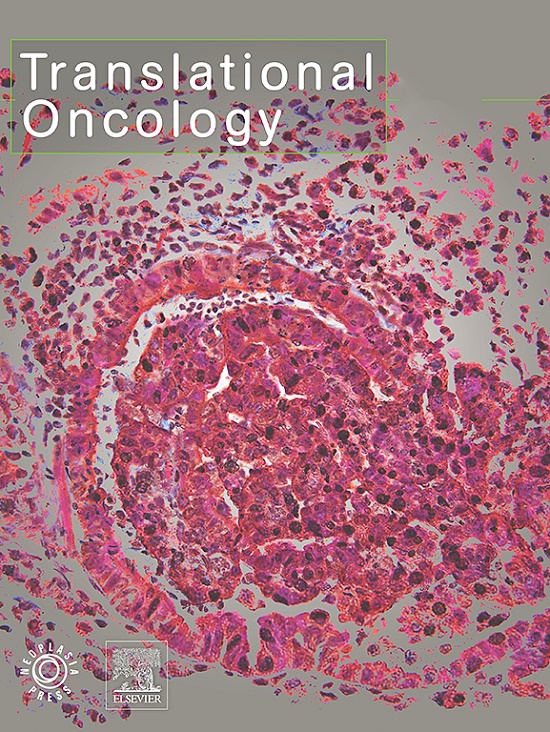FHL2 activates β-catenin/Wnt signaling by complexing with APC and TRIM63 in lung adenocarcinoma
IF 5
2区 医学
Q2 Medicine
引用次数: 0
Abstract
Objectives
Four and a half LIM domain 2 protein (FHL2) was reported to regulate the progression of various cancers and this study aimed to clarify the intrinsic mechanism of FHL2 facilitating the progression of lung adenocarcinoma.
Methods
In this study, bioinformatic analysis and immunohistochemistry staining were used to confirm the FHL2 levels in patients with lung adenocarcinoma. The potential influence of FHL2 on the biological function of lung adenocarcinoma cells was verified in vitro and in vivo. To uncover the potential mechanism contributing to the advance of lung adenocarcinoma, liquid chromatography‒mass spectrometry and immunoprecipitation assays were performed to detect the partners of FHL2.
Results
FHL2 levels were upregulated in lung adenocarcinoma and contributed to a dismal prognosis. Moreover, in vitro and in vivo assays suggested that genetic inhibition of FHL2 undermined the viability, migration and invasion of lung adenocarcinoma cells, while forced expression of FHL2 showed the opposite trend. Mechanistically, liquid chromatography‒mass spectrometry and coimmunoprecipitation assays revealed that FHL2 could function as a scaffold to enhance TRIM63-mediated ubiquitination of APC. The degradation of APC further stabilized β-catenin and activated Wnt signaling pathway.
Conclusion
Collectively, this study uncovered the underlying mechanism by which FHL2 regulates the biological characteristics of tumors and provided a novel target for lung adenocarcinoma treatment.
在肺腺癌中,FHL2通过与APC和TRIM63复合物激活β-catenin/Wnt信号转导
本研究旨在阐明FHL2促进肺腺癌进展的内在机制。方法 本研究采用生物信息学分析和免疫组化染色法确认肺腺癌患者体内的FHL2水平。在体外和体内验证了FHL2对肺腺癌细胞生物功能的潜在影响。为了揭示导致肺腺癌恶化的潜在机制,研究人员采用液相色谱-质谱法和免疫沉淀法检测 FHL2 的合作伙伴。此外,体外和体内试验表明,遗传抑制 FHL2 会削弱肺腺癌细胞的活力、迁移和侵袭,而强迫表达 FHL2 则显示出相反的趋势。从机理上讲,液相色谱-质谱法和共免疫沉淀试验显示,FHL2可作为支架,增强TRIM63介导的APC泛素化。总之,本研究揭示了FHL2调控肿瘤生物学特性的内在机制,为肺腺癌的治疗提供了一个新的靶点。
本文章由计算机程序翻译,如有差异,请以英文原文为准。
求助全文
约1分钟内获得全文
求助全文
来源期刊

Translational Oncology
ONCOLOGY-
CiteScore
8.40
自引率
2.00%
发文量
314
审稿时长
54 days
期刊介绍:
Translational Oncology publishes the results of novel research investigations which bridge the laboratory and clinical settings including risk assessment, cellular and molecular characterization, prevention, detection, diagnosis and treatment of human cancers with the overall goal of improving the clinical care of oncology patients. Translational Oncology will publish laboratory studies of novel therapeutic interventions as well as clinical trials which evaluate new treatment paradigms for cancer. Peer reviewed manuscript types include Original Reports, Reviews and Editorials.
 求助内容:
求助内容: 应助结果提醒方式:
应助结果提醒方式:


